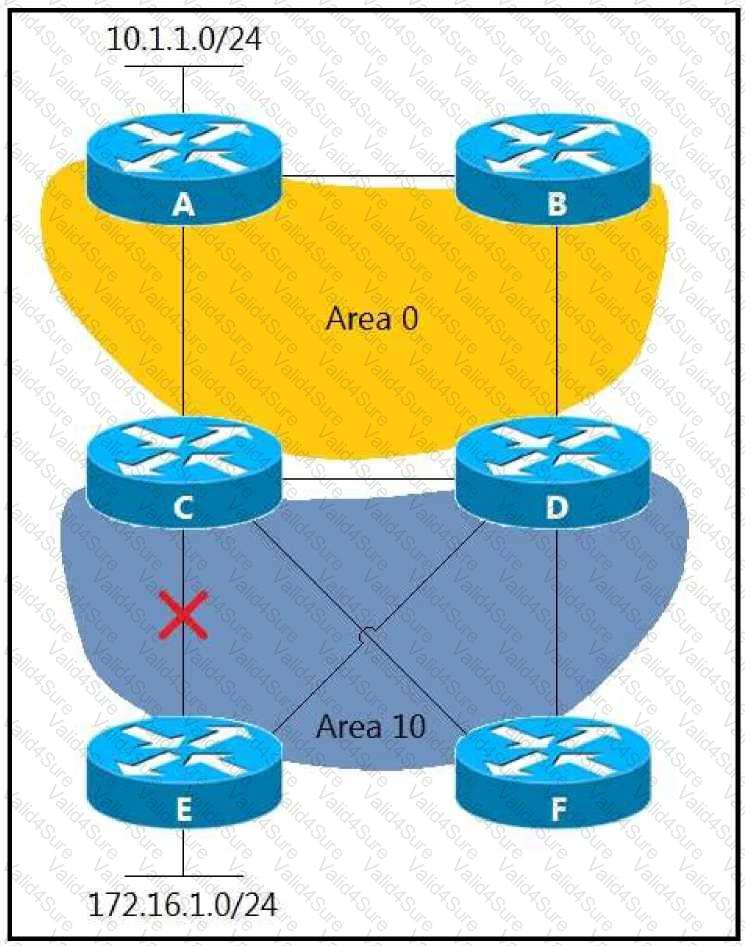300-420 Exam Dumps - Designing Cisco Enterprise Networks (ENSLD)
A company wants to enable several third-party video conferencing networks based on multicast services. The video conferencing platform can accommodate numerous and dispersed senders and receivers in third-party networks The interior routing protocol is OSPF and the exterior routing protocol is BGP Which multicast mode must be selected to achieve this goal?
Which design consideration should be observed when EIGRP is configured on Data Center switches?
A customer requires QoS to support multimedia conferencing over MPLS. The network architect chooses to use per-hop behavior. Which solution must the architect use to classify and mark traffic traveling between branch sites?
An engineer must connect a new remote site to an existing OSPF network. The new site consists of two low-end routers, one for WAN, and one for LAN. There is no demand for traffic to pass through this area. Which area type does the engineer choose to provide minimal router resources utilization, while still allowing for full connectivity to the rest of the network?
How do IETF. OpenConfig and Cisco nativo YANG models differ when used to configuro the same feature on an infrastructure device?

Refer to the exhibit. Area 10 is a regular OSPF area and networks 10.1.1.0/24 and 172.16.1.0/24 are internal. Which design provides optimal routing between both networks when the link between routers C and E fails?